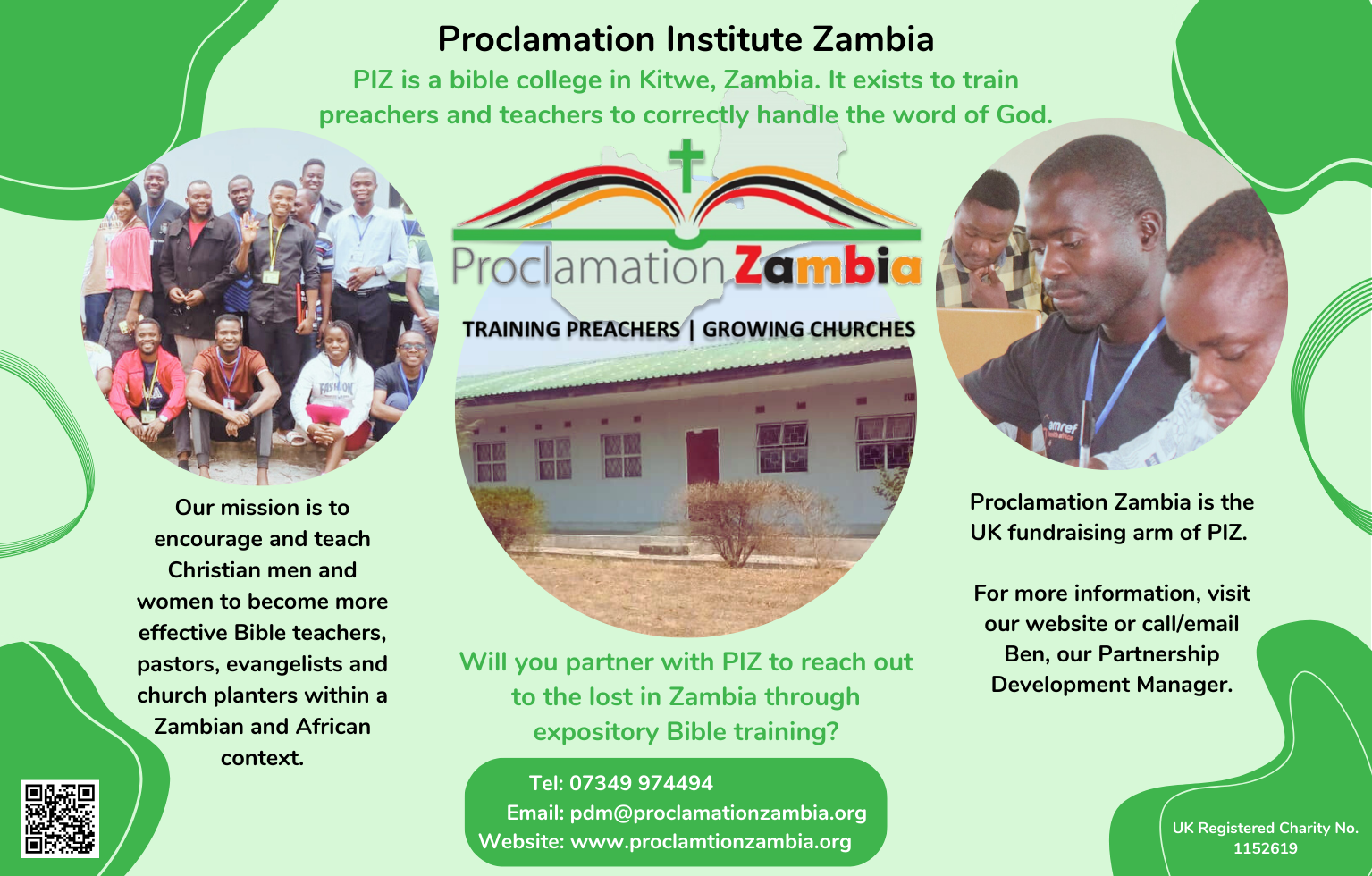Is the small but growing movement of ‘Zensism’ – named by some after its principal advocate Jon Zens – just another strand of Brethrenism, or is it something different and misleading? This article explores this question.
Jon Zens
Jon Zens became editor of Baptist Reformation Review in 1978. The magazine’s name was changed to Searching Together in 1982 and is today an organ for his teaching.
Zens says his views on ‘Church’ changed in 1977 when he encountered a ‘more biblical paradigm … these people were encouraged and equipped to get in the Word themselves, and to question those who taught’.
Contact with a house church in 1976 and study of Berkhof’s History of Christian Doctrine challenged him over whether the New Testament really taught that ‘preaching’ was central to a church worship service.
His research resulted in articles on Church Government and Eldership in the Baptist Reformation Review and a conviction that ‘the traditional one-pastor practice appeared to be untenable’.
Brethren
Christian Brethrenism began in the early part of the nineteenth century in Dublin and Plymouth. Among its leading thinkers was A. N. Groves who, while studying at Trinity College, Dublin, in 1827, became convinced that ‘believers meeting together as disciples of Christ were free to break bread together as their Lord had admonished them’.
J. N. Darby associated with this group of believers in Dublin and would later write about the established church: ‘The system is wrong. It substitutes man for God. True ministry is the gift and power of God’s Spirit, not man’s appointment … I believe the “Notion of a Clergy-man” to be a sin against the Holy Ghost in this dispensation’.
Darby taught that the Church had become corrupt from the very beginning, and that the Apostles had failed to carry out the Lord’s commission. He argued that it was impossible for the Church to return to its primitive condition and that, instead, believers were simply to meet together as children of God in obedience to God’s Word and Spirit.
‘You need nothing else but to meet together thus in faith … If God sends or raises up among us someone who can feed our souls, let us receive him with joy and thankfulness from God, according to the gift that has been vouchsafed to him.’
Affinities
Clearly, there are similarities between this early Christian Brethrenism and Zensism.
Zens writes of his affinity with early Brethrenism in the Fall-Winter 1986 edition of Searching Together: ‘The first fifty years of the nineteenth century saw the commencement of movements which were to significantly impact the future shape of Christianity. Some of these would include … the Plymouth Brethren movement in England’.
He also finds parallels with his own convictions in the concern of Alexander Campbell (a founder of the Church of Christ) that, ‘there were many disciples of Moses to be found in the professed school of Jesus Christ’, and confesses having felt discomfort with ‘many Reformed peculiarities’ until they were confirmed as wrong.
He continues: ‘It would seem that the Plymouth Brethren from 1830-50 in England articulated some helpful principles in this regard. They advocated an “open meeting” where the saints could edify one another, and have the Lord’s Supper every week’.
He explains his belief that the principles espoused were much older than the eighteenth century. He traces them back to the Anabaptists who, he says, applied sola Scriptura more thoroughly than the Reformers.
Similarities
Acknowledging the difficulty involved in adhering to a New Testament pattern, Zens says that the spirit of what took place in the New Testament is more important than the letter.
That spirit was the Saviour’s command to ‘love one another’ – the ideal that every group who desired to restore New Testament practice sought, but none actually found.
So Brethrenism and Zensism are similar in several ways:
1. They both react against prevailing ministry practices. Groves believed there was no need for him to be ordained to minister the Word of God. He said, ‘We should come together in all simplicity as disciples, not waiting on any pulpit or ministry, but trusting that the Lord would edify us together by ministering as he pleased and saw good from the midst of ourselves’.
Similarly, Zens says edification is a mutual ministry of every part of the body and is not achieved by the ministry of just one part [the pastor].
2. They both maintain that most Christian ministry patterns owe more to Judaism than the New Testament. Groves taught that behind the ‘corruption’ of the Christian ministry is the ‘tendency to Judaism the fount of all this carnality’. The whole system of ordination and appointment to office, he claimed, can be traced back to Judaism.
Zens says, with reference to the history of the church, that ‘the old covenant order of the priesthood was applied more and more exclusively to the one bishop as high priest’.
3. They both reject a clergy-laity divide. Darby believed the ‘notion of a Clergy-man’ was a sin against the Holy Ghost.
Zens maintains: ‘In light of our priesthood, we cannot give credence to the historical “clergy/laity” distinction’ and, ‘The modern clergy is traced back to the third century and is a heresy that must be renounced because it undermines the doctrine of the priesthood of all believers’.
4. Both maintain that Christians should meet to minister one to another. Groves said, ‘If God sends or raises up among us someone who can feed our souls, let us receive him with joy and thankfulness from God’.
Jon Zens teaches that church services must change from centring on the pastor to centring on the people of God.
5. Both believe 1 Corinthians 14 is unique and normative for Christian worship practices. G. H. Lang defends Brethren assembly practices from 1 Corinthians, where, he asserts, a church fraught with problems was still encouraged to meet in the manner described in Chapter 14, rather than under the direction of any of the Lord’s servants.
Zens agrees that ‘1 Corinthians 14 describes a normal New Testament church at worship, in … structured informality’.
Differences
However, there are also differences between the teachings. The Brethren focus upon the Lord’s Supper as the central point of worship, whereas Zens focuses on edification by mutual ministry.
In practice, the Brethren advocate complete submission to the ‘Holy Spirit’s leading’ while Zens anticipates a mixture of spontaneity and preparation.
Zensist meetings are planned in advance. There is a recognised human leader, and a discourse on Scripture supported by a hymn and prayer. Spontaneity is expressed by allowing questions during the delivery of the talk, and comments after its completion.
Divisions
But this writer is concerned about the aggressive radicalism of Zensism and the unnecessary divisions it is producing in Evangelical churches impacted by it.
Whereas the Brethren movement reacted against a ritualistic, formal Established Church, Zens rejects the practices of Evangelical Baptist churches, where adherence to the practices and pattern of Scripture is encouraged.
For example, some groups, influenced by Zens’ writings, have renounced the use of church buildings altogether. Frank A. Viola writes: ‘What did the early church do when it grew too large to assemble in a single house? It did not erect a building, but simply multiplied and met in several other homes following the “house to house” principle (Acts 2:46; 20:20)’.
Searching Together recommends Viola’s book and its call for believers to leave traditional churches and form new groups, meeting in homes.
Zens writes: ‘The ekklesia had no physical “Temple” structure to gather in … The brethren for the most part met from house-to-house. The ekklesia felt no need to erect special buildings outside of homes in which to meet’.
Priorities
Surely, the combined effect of substituting dialogue for proclamatory preaching, ‘sharing’ for authoritative declaration, and centres of domesticity for public auditoria, must be a diminution of the Word of God and the gospel of Jesus Christ?
That the New Testament’s priority is on preaching is clear. Moreover, the exegesis and application of 1 Corinthians 14 must be conducted with great care.
To what extent are the details of 1 Corinthians 14, addressing a church both supernaturally gifted and carnally driven, normative for all worship services in other churches both apostolic and post-apostolic?
Certainly, the case that its detail was normative has to be proved, in the light of Scriptures like Acts 2:41-42; 6:4; 19:9-10; 20:7-12; Ephesians 3:8-12; 1 Timothy 4; and 2 Timothy 4:1-5, where the gospel is given central place; and Scriptures like Hebrews 2:3-4 which imply that Christian ministry in the apostolic era had unique supernatural accompaniments.
Moreover, in relation to meeting places, Paul preached ‘publicly’ as well as ‘from house to house’ (Acts 20:20-21).
Polemical
In practice, of course, many Christian Brethren do give a high priority to teaching the Word of God publicly, while traditional churches often make use of house meetings. But I am concerned at the highly polemical nature of much that is written in Searching Together.
To justify change in the United Kingdom, the movement attacks something that is essentially American, namely, the ‘multi-pastor managerial team’, so much scorned in Zens’ writings.
But this system is a rare breed here, unlikely to be found among the small Evangelical congregations currently being influenced by the movement. They attack a ‘straw man’ to attract the undiscerning.
Zensism purports to demonstrate in ecclesiastical practice what our Lord Jesus meant by ‘loving one another as I have loved you’. Yet some congregations in the UK are being torn asunder by Zens’ claim to have rediscovered authentic New Testament ministry. Can such developments be the fruit of Christ-like love?






